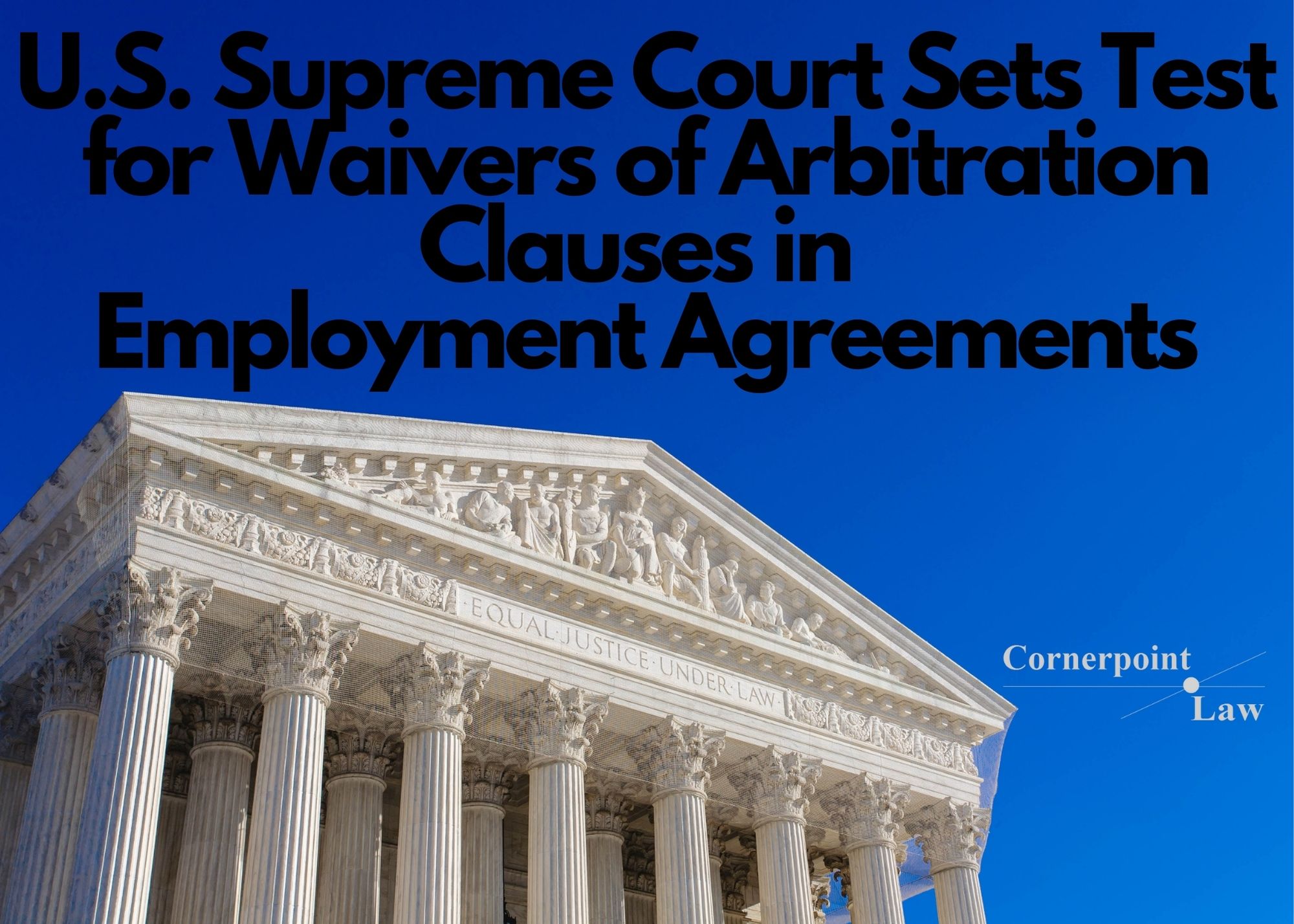Liability Waivers Need to Be Obvious
July 29, 2021
Unauthorized use and/or duplication of blogposts without express and written permission is strictly prohibited. Excerpts and links may be used, provided that full and clear credit is given, and with appropriate and specific direction to the original content.
The author of this post can be reached by phone at 206-693-2718 or by email.
Don’t Hide Preinjury Waivers in a Maze of Contractual Fine Print: A Cornerpoint Case Pop
By Stacia Hofmann
Cornerpoint Case Pops are dedicated to summarizing relevant, new cases — and their business and risk management lessons — in bite-size posts.
For some small businesses, the risk of injury to customers and clients is not only possible, but also relatively likely. Compare, for example, a provider of legal services like Cornerpoint Law with a skydiving company.
In Washington, preinjury contractual releases and waivers of liability (also known as exculpatory clauses in legalese) are permitted. Whether they are actually enforceable depends on several factors, one of which is the conspicuousness of the contract language. In other words, is the operative language obvious, or is it hidden in a maze of fine print?
The Case: McCoy v. PFWA Lacey, LLC, Washington Court of Appeals (Division II, No. 54400-8-II, May 11, 2021)
Case Background
 PFWA Lacey operates a gym. McCoy was a member. She filed a lawsuit against the gym, claiming she fell on a stair stepper machine after the emergency stop button failed.
PFWA Lacey operates a gym. McCoy was a member. She filed a lawsuit against the gym, claiming she fell on a stair stepper machine after the emergency stop button failed.
PFWA Lacey argued that McCoy had signed a waiver of liability in her membership agreement and could not sue for negligence.
Courts Look to See if Waivers Are Obvious
A preinjury waiver of liability must be conspicuous to be enforceable.1 The waiver needs to be easily noticeable.
What makes a waiver conspicuous? These questions help judges decide:
- Is the waiver clause set apart from other contract provisions?
- Are there clear headings about the waiver?
- Is the waiver bolded, in big font, or in capital letters?
- Does the waiver clause have a signature or initial line that immediately follows and relates to the waiver language?
These factors are looked at objectively.
The Waiver Was Obvious
The Court of Appeals analyzed the waiver provision in the gym’s membership agreement. The judges found that although the clause did not score perfectly, overall, it was obvious and noticeable.
- The waiver provision was set apart from other contract provisions by a shaded heading.
- The shaded heading included the phrases “RELEASE OF LIABILITY” and “ASSUMPTION OF RISK”.
- The waiver provision did not have any big, bolded, or capitalized text, so it did not score any points with the judges on this factor.
- The waiver clause had a signature line below it, but there was also an intervening paragraph related to other membership terms that took up some space between the waiver language and the signature line. Nonetheless, the signature line was close enough to the waiver language and in the same area set off by the shaded heading.
In sum, the waiver provision was objectively noticeable. Because it met the conspicuousness test and all other legal tests required for preinjury waivers, the gym member could not pursue her claim against the gym.
Key Takeaway
When it comes to waivers, formatting really does matter!
In this attorney’s opinion, failing to take advantage of laws supporting preinjury waivers is a missed opportunity. Small business owners whose services or activities create a risk of harm to customers should seriously consider requiring that customers sign preinjury waivers. Preinjury waivers, along with proper insurance coverage and other risk management techniques, can provide excellent protection from legal claims.
Because of the intricacies surrounding the enforceability of waivers, working with an attorney to find the right language and formatting is a good idea. I frequently draft waivers and releases for small businesses. Email or call me to see if Cornerpoint can help with your questions about preinjury releases and waivers, as well as other risk management concerns.
This blog is for informational purposes only and is not guaranteed to be correct, complete, or current. The statements on this blog are not intended to be legal advice, should not be relied upon as legal advice, and do not create an attorney-client relationship. If you have a legal question, have filed or are considering filing a lawsuit, have been sued, or have been charged with a crime, you should consult an attorney. Furthermore, statements within original blogpost articles constitute Stacia Hofmann’s opinion, and should not be construed as the opinion of any other person. Judges and other attorneys may disagree with her opinion, and laws change frequently. Neither Stacia Hofmann nor Cornerpoint Law is responsible for the content of any comments posted by visitors. Responsibility for the content of comments belongs to the commenter alone.
- Other factors include public policy and the level of culpability. This post only concerns conspicuousness. ↩




